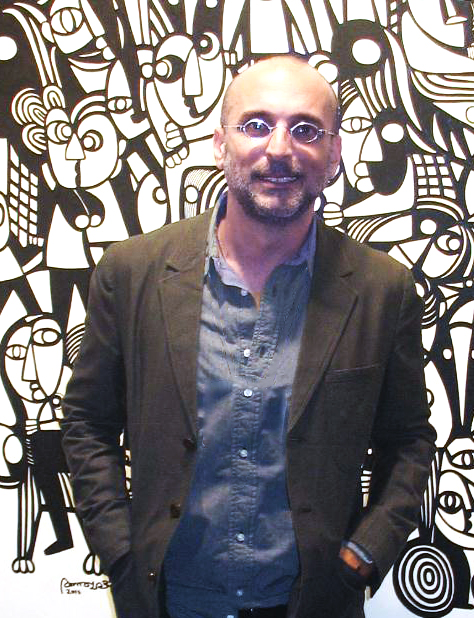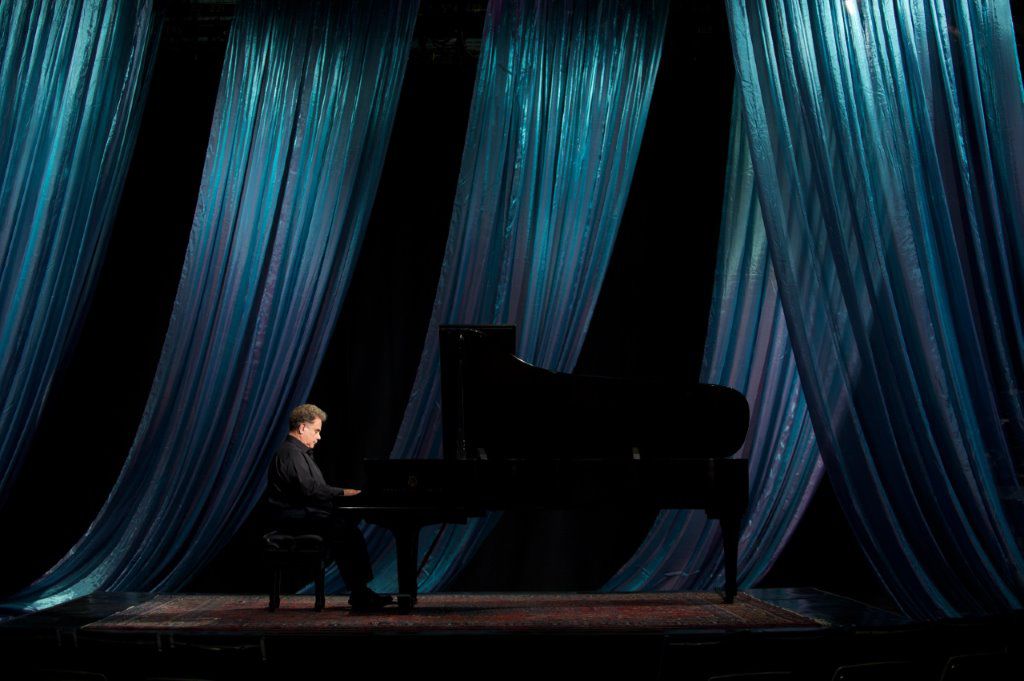Lakeland Civic Theatre offers tepid rendition of Sondheim’s ‘Into the Woods’
By Bob Abelman
Since the 1970s, composer and lyricist Stephen Sondheim has been transforming all that is simple and predictable and harmonious in American musical theater into something that is more of an acquired taste.
Some theatregoers find his creativity to be outside their comfort zone and beyond the reach of their archaic expectations for musicals.
Others, like Lakeland Civic Theatre artistic director Martin Friedman, appreciate how Sondheim fills the air with a dense stream of words and images, and places a disorienting discord beneath his melodies. His stories are complex, as are the people who inhabit them.
Sondheim’s “Into the Woods” — at Lakeland Civic Theatre under Friedman’s direction — bears all these theatrical trademarks.
The show intertwines the familiar plots of several fairy tale figures, including Little Red Riding Hood, Jack (and the Beanstalk), Rapunzel and Cinderella. They are tied together via a seemingly simple story involving a baker and his wife venturing into the woods in an effort to reverse the spell that has kept them childless.
Many feel that this musical is more accessible than most of Sondheim’s creations, thanks to its population of fairy tale creations and the contributions of Tony Award-winning librettist James Lapine. But nothing is ever simple with Sondheim.
The characters’ storybook stories play out in Act I along with their relatively superficial and recognizable moral messages. But Act II reveals the consequences of each character’s earlier actions. We discover that evil witches can be right, giants can be good, getting your prince does not mean happily ever after, and having your wish granted can have a serious downside. We’re exposed to the dark underbelly of once upon a time, which is a place Sondheim seems to relish.
Friedman understands all this. And yet his production is uncharacteristically tepid and, at times, bland.
It starts with the choice to do away with the medieval peasant garb that has long been associated with fairy tale characters and replace it with modern clothing. While this certainly reinforces the universal and timeless nature of their journey, which is the point costumer Tesia Beson is making, it sure is less playful and less interesting to look at.
More importantly, the performers wearing these costumes are less playful and less interesting as well.
This is particularly apparent in the Act I musical numbers that require playfulness the most, such as the charming duet “Agony.” Here, Eric Fancher as Cinderella’s Prince and Daniel Simpson as Rapunzel’s Prince attempt to one-up each other as they sing of their own virtues and their future conquests. The song lacks energy, offers no sense of pleasure in its performance, and survives on the merits of its clever lyrics and music alone.
Talented soloists like Neely Gevaart as Cinderella and Lizz Huff as her stepmother also seem lackluster, as if concentrating harder on the complicated wording in the songs than their performance. They also seem hesitant, as if searching for music cues and not finding them.
All this may be due to inadequate musical support from the seven-piece off-stage orchestra under Jordan Cooper’s direction. It sounds thin and limited to just piano by the time it filters through the theater’s tired sound system and reaches the actors and the audience.
The ensemble as a whole fights through this and their musical numbers sound great, as if having a stage full of performers provides all the support that is needed. They nail the complex harmonies, manage the immensely difficult wordplay, and sing full-out.
So do Amiee Collier as the Witch (her “Last Midnight” is superb), Brian Altman and Trinidad Snider as the absolutely endearing Baker and his wife, and Jade McGee, who is a delightfully assertive Little Red Riding Hood.
Like Friedman, Trad A Burns appreciates how Sondheim fills the air with a dense stream of words and images, and applies this to his scenic design. Instead of trees, the forest that dominates the stage for most of the musical consists of tall, lanky letters that spell out words like “wish,” “fear,” “dark” and “scary.”
This is an intriguing and attractive bit of stagecraft, particularly when the more elongated letters cast dramatic shadows and the vowels provide ample hiding spaces for lurking characters like the big bad Wolf. Although some audience members (OK — me) will find themselves looking for a nonexistent connection between the centermost words in a scene and what is happening in that scene, the visual effect is wonderful.
When performers are not in the woods, they have been placed in front of the curtain, which is a narrow, crowded and terribly awkward space. What little choreography there is serves as traffic control rather than creative storytelling, which contributes mightily to the previously noted tepidity that defines this production.
Sondheim is better than this. So are Friedman and the many gifted performers in this cast. CV
On Stage
WHAT: “Into the Woods”
WHERE: Lakeland Civic Theatre, 7700 Clocktower Drive, Kirkland
WHEN: Through Feb.28
TICKETS & INFO: $7-$15, call 440-525-7134 or visit lakelandcc.edu/arts
Bob Abelman covers theater and cultural arts for the Cleveland Jewish News. Follow Bob at Facebook.com/BobAbelman3.
Originally published in the Cleveland Jewish News on Feb. 9, 2016.











